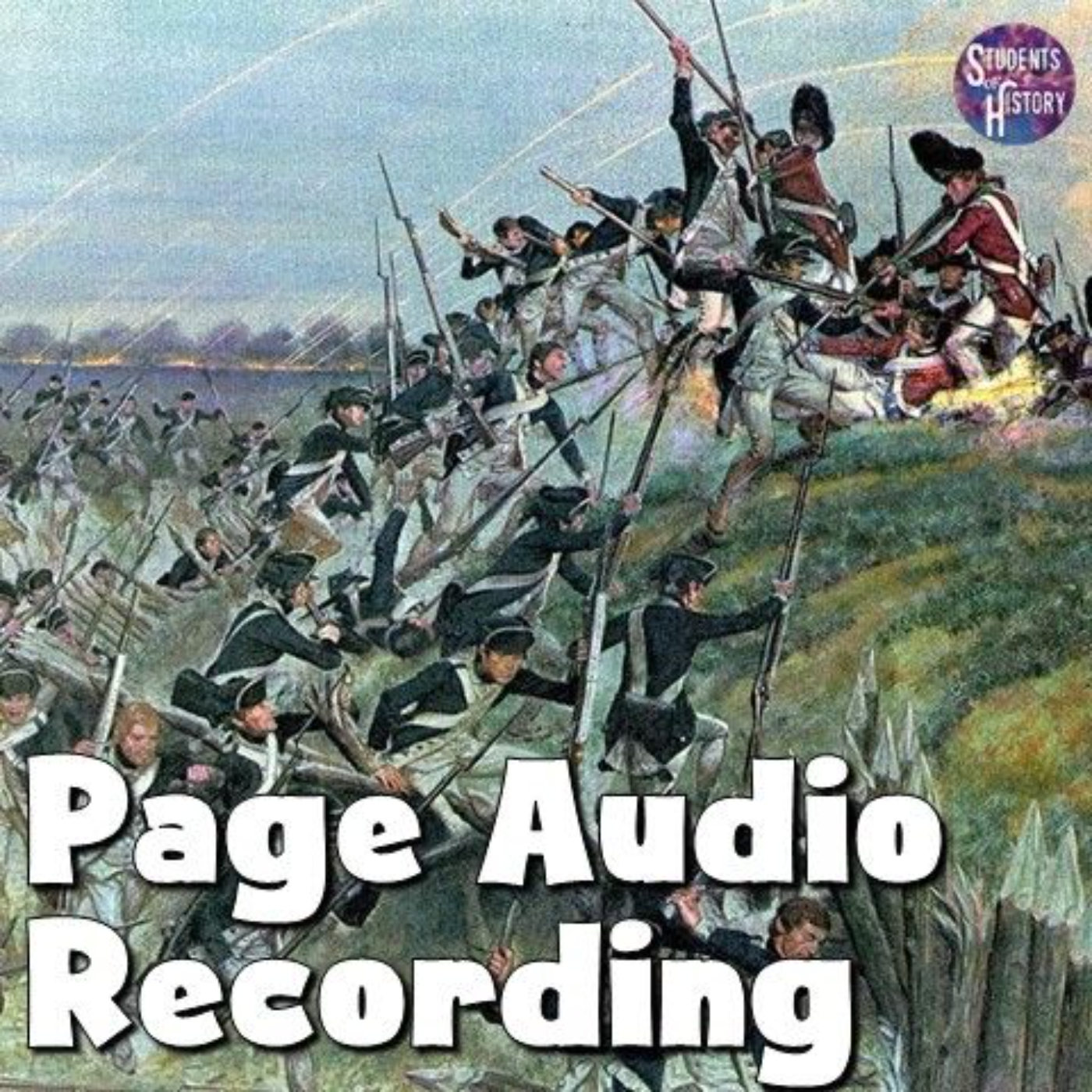Early Strikes and Labor Unions

In the early Industrial Revolution, factory owners held almost all the power. There were few laws in place to protect workers. Consequently, abuses were common. Factories were dark and dangerous places. Many laborers worked 12-hour days, six days a week. Children were even employed in coal mines and factories.
As this continued, workers began to organize and demand safer working conditions, higher wages, and an 8-hour workday. These organizations of workers are called unions. Craft unions had been around for over a hundred years however, these were organizations of skilled workers like shoemakers, typesetters, and/or mechanics.
The American Federation of Labor (AFL), was one of the first large organizations of skilled workers. They had more power to make demands because of their skills. Unions of unskilled or semiskilled workers had a much more difficult time organizing. Since these workers did not have a specific skill that was learned over many years, they were seen as expendable by management. Often, any worker who even tried to organize his or her coworkers would be fired.
The Knights of Labor were one of the first large organizations of unskilled, semiskilled, and skilled workers. They, along with other unions, faced intense pressure from corporations and the government.
In 1886, The Knights of Labor organized a strike by railroad workers across five states to protest unsafe conditions, long hours, and low pay. Unfortunately for the strikers, strikebreakers were brought in to work and some state governors used their state militias to break up protests. The failure of the Great Southwest Railroad Strike of 1886 weakened the Knights of Labor.

Later that year in Chicago, workers were striking for an 8-hour work day. During a peaceful rally at Haymarket Square, an unknown person threw a bomb at police who were trying to break up the demonstration. The blast, and ensuing gunfire, resulted in the deaths of seven police officers and at least four civilians. Dozens of others were even wounded in the chaos, resulting in a harsh anti-union clampdown. Employers regained control of their workers and traditional workdays were restored to ten or more hours a day. The entire labor and immigrant community came under suspicion.
The next major strike in the United States occurred in 1894 against the Pullman Company, a manufacturer of railroad cars. Labor leader Eugene Debs formed the American Railway Union (ARU) to push for higher wages. They organized a strike and a boycott that involved 250,000 workers in 27 states. President Grover Cleveland used the U.S. Army to break the strike. Debs was convicted of federal charges for defying a court injunction against the strike and served six months in prison.
Despite the challenges, strikes organized by labor unions became routine events. There were 37,000 strikes in America from 1881-1905. The main goal was control of working conditions, setting uniform wage scales, or to protest the firing of a member. Most strikes had a short duration. During poor economic times, strikes were violent and less successful. However, as economic times improved, strikes were more successful because the company was losing profits and wanted to settle quickly.
In the early 20th Century, the Pullman Company was one of the largest single employers of Black people in America. Thousands of Blacks were employed as porters, who carried bags and served passengers on the train cars. The company required porters to travel 11,000 miles, nearly 400 hours, per month to earn a basic wage. Porters worked an average of over 73 hours per week and earned 27.8 cents an hour.
Under the leadership of A. Philip Randolph, Pullman porters formed the first all-Black union, the Brotherhood of Sleeping Car Porters (BSCP) in 1925. A contract between the BSCP and the Pullman Company was signed in 1937. The contract raised the wages of porters and maids, established a 240-hour month and provided overtime pay.